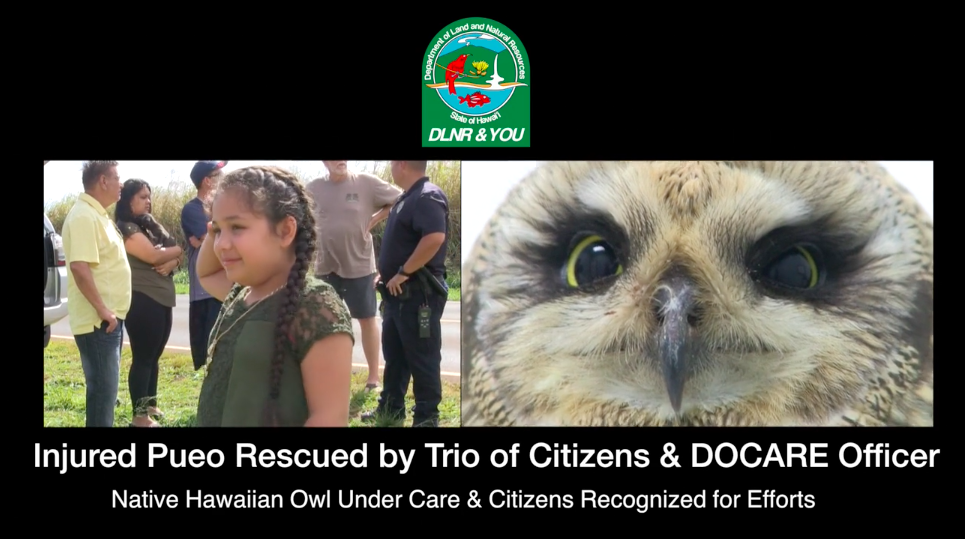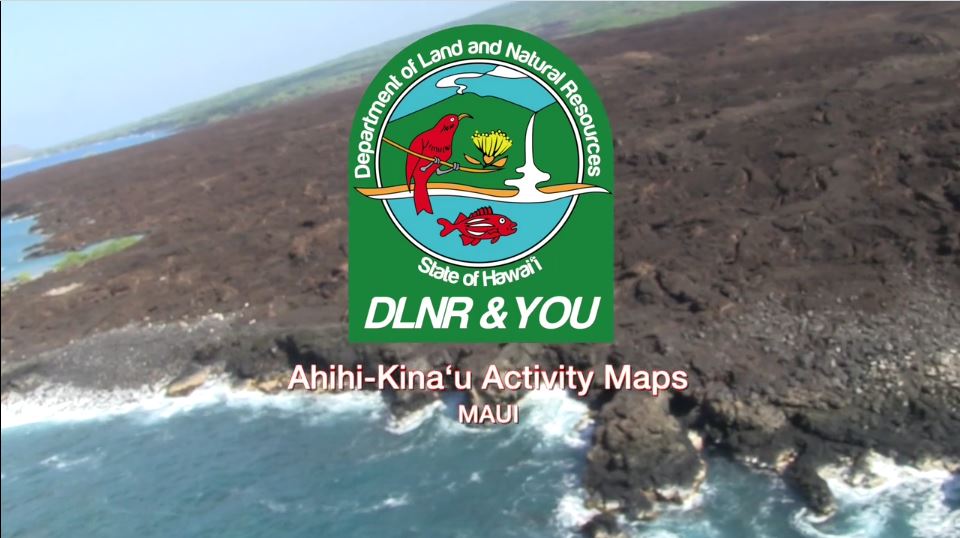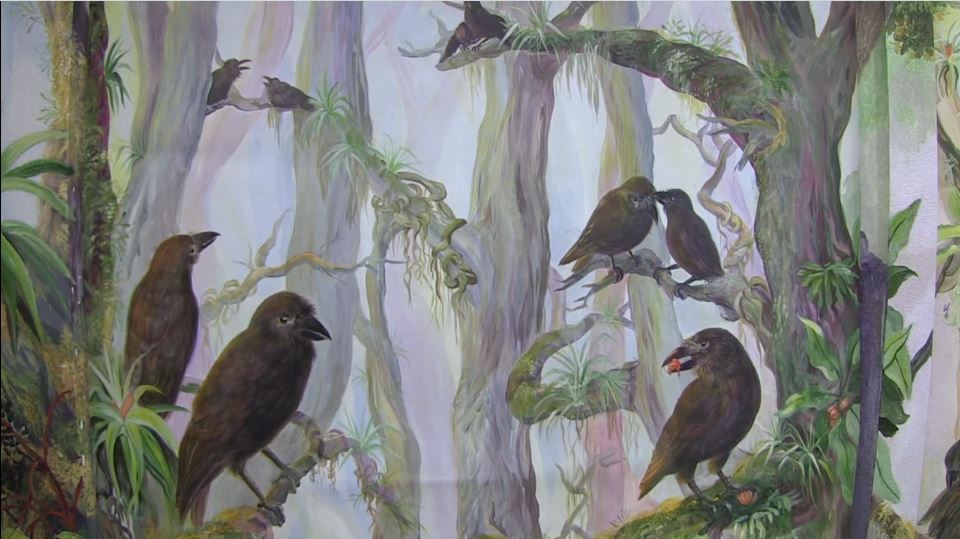Hawaii’s 5th annual Hawaii Invasive Species Awareness Week (HISAW) starts today with a series of volunteer opportunities, and will end with a ceremony in Governor David Ige’s office to recognize people and organizations who’ve been instrumental in the fight against invasive species. HISAW is organized in coordination with the U.S. National Invasive Species Awareness Week (NISAW) and regional Pacific Invasive Species Awareness efforts. The event promotes information sharing and public engagement in what the Hawaii State Legislature has declared "the single greatest threat to Hawaii's economy and natural environment and to the health and lifestyle of Hawaii's people." Events included a proclamation from Governor Ige, an awards ceremony, a student video contest, community presentations, and numerous volunteer opportunities throughout the state.
Forestry & Wildlife
The popular Manoa Falls hiking trail will be closed all day, on Monday, February 13, while state forestry crews remove a 100-foot fallen Albizia tree, and aging composting toilets at the trailhead.
The popular 2.5 mile Waihe‘e ridge trail that climbs the windward slope of the west Maui mountains will be temporarily reopened tomorrow, Saturday February 11, following completion of a first phase of improvements for increased public safety through surface improvements, drainage upgrades, and vegetative management.
A project to make portions of the Lava Tree State Monument trail accessible for wheelchair users will begin on Monday, February 6. The park will remain open but portions of the trail will be intermittently closed while work is being performed in sections. The aim is to reduce the slope to be within acceptable limits, create rest stops and install signs to indicate the ADA approved route and pathway.
02/01/17 – DLNR Installing UXO Awareness Signs In Maunawili Impact Area In Former Pali Training Camp
HONOLULU – Warning signs will be installed starting next week, to alert hikers about the possible presence of unexploded ordnance (UXO) at the start of several popular hiking trails in Maunawili Valley, which were once a part of a former military training camp located on the windward side of O‘ahu.
If you drive a car, fly in a plane, use air-conditioning to cool your home, or engage in other activity powered by fossil fuels that emit greenhouse gas, you may soon have new ways to offset your emissions locally, by supporting Hawaiian forest restoration.
(HONOLULU) – When 7-year-old Malia Rillamas first spotted the bird, she pointed it out to her dad Jonathan. The family, from Haleiwa, pulled off the country road on O‘ahu’s north shore on the afternoon of Jan. 15, 2017 to see if they could help. A short time later Brian Smith of Wahiawa also pulled over. Together the trio watched as the pueo (Hawaiian short-eared owl), hopped across the road and ultimately into a deep roadside ditch. They discussed what to do and who to call and eventually called 9-1-1 which put them in touch with the DLNR Division of Conservation and Resources Enforcement (DOCARE).
Watch "The Endangered Forest Birds of Hawaii," to learn about extraordinary efforts underway to save rare, endemic birds from extinction.
It’s the only Natural Area Reserve in Hawai‘i where the ocean and water activities are the primary draw for visitors and residents. The Ahihi-Kina’u Natural Area Reserve has one mile of open coastline and attracts hundreds of people every day to surf, snorkel, or simply to enjoy the clear waters of the Reserve. It’s part of a vast ocean playground on Maui’s south shore, with the corridor managed and maintained by a variety of county and state agencies. This means there are different rules and guidelines for each locale. Fishing might be allowed in one place but not another. One area may be closed, another is open. Dogs are allowed here, but not there.
(Honolulu) – The latest DLNR & You television special, The Endangered Forest Birds of Hawai‘i, documents the efforts of dozens of organizations and hundreds of people across the state to halt the extinction of critically endangered forest birds.




